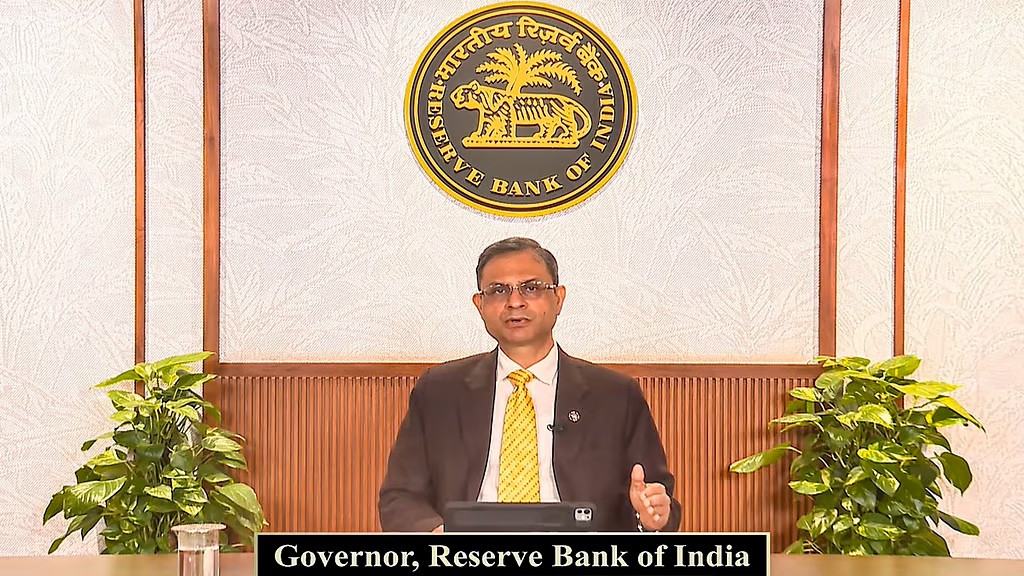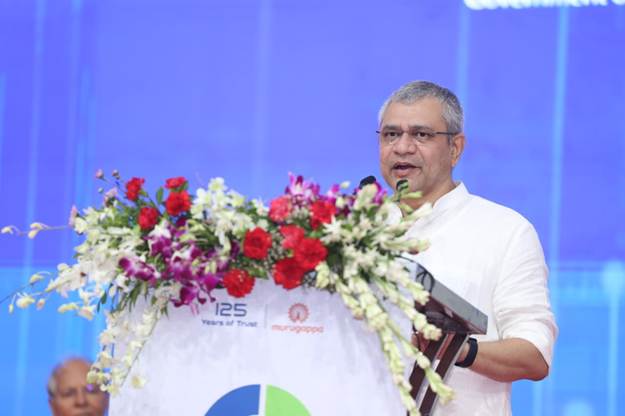RBI Allows Banks to Fund Corporate Acquisitions

The Reserve Bank of India (RBI) has announced a major policy shift. The central bank will now provide a new framework for Indian banks. This framework enables banks to finance mergers and acquisitions (M&A) by Indian corporate houses. This decision aims to significantly improve overall credit flow in the economy.
RBI Governor Sanjay Malhotra announced the proposal. He delivered the announcement during the fourth bi-monthly monetary policy review. This move directly addresses a long-standing demand from the Indian banking industry. Global lenders often finance such acquisitions. Indian banks previously lacked this regulatory permission. This new framework formally expands the scope of capital market lending for banks.
Significant Easing of Lending Limits
The RBI simultaneously proposed multiple relaxations for capital market lending. These changes will unlock liquidity and simplify transactions for individual investors.
First, the RBI will remove the regulatory ceiling on lending against listed debt securities. Second, the central bank substantially raised limits for lending against shares. This limit increases fivefold, from Rs 20 lakh to Rs 1 crore per person. Third, the RBI boosted the financing limit for Initial Public Offerings (IPOs). The IPO financing limit jumps from Rs 10 lakh to Rs 25 lakh per person. These measures encourage greater retail participation in the capital market.

Withdrawal of Disincentive Framework
The RBI also addressed risk concentration among very large borrowers. It proposed withdrawing a restrictive framework introduced in 2016. That framework discouraged banks from lending to specified large borrowers. These borrowers held a credit limit from the banking system of Rs 10,000 crore and above.
The Governor confirmed that banks already manage concentration risk effectively. The existing Large Exposure Framework (LEF) handles credit concentration risk at the individual bank level. The RBI will manage systemic concentration risk through specific macroprudential tools when necessary.
Relief for NBFCs and UCBs
The policy review addressed other sectors as well. The RBI proposed measures to reduce the cost of infrastructure financing for Non-Banking Financial Companies (NBFCs). The bank will lower the risk weights applicable to lending by NBFCs. This applies specifically to operational, high-quality infrastructure projects. This step should accelerate infrastructure investment.
Finally, the Governor addressed Urban Co-operative Banks (UCBs). The licensing of new UCBs has remained paused since 2004. Considering positive sectoral developments and growing stakeholder demand, the RBI will publish a discussion paper. This paper will focus on the licensing of new UCBs. The overall policy package significantly modernises the Indian banking landscape.
About the Author
News Orbiter Bureau
Author
News Orbiter runs a 24/7 news bureau that tracks the intersections of governance, policy, business & economy, infrastructure & real estate with specialised insights into India’s growth story. The bureau manages a policy-business-intelligence hub, delivering clarity, context, and depth on the decisions shaping India’s governance, economy, and industry.





